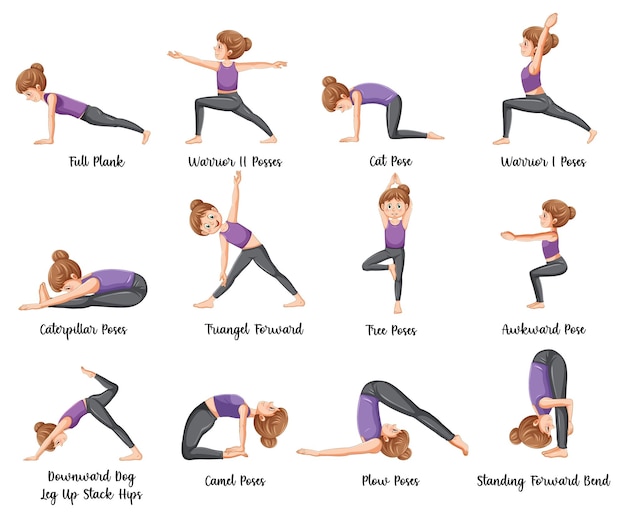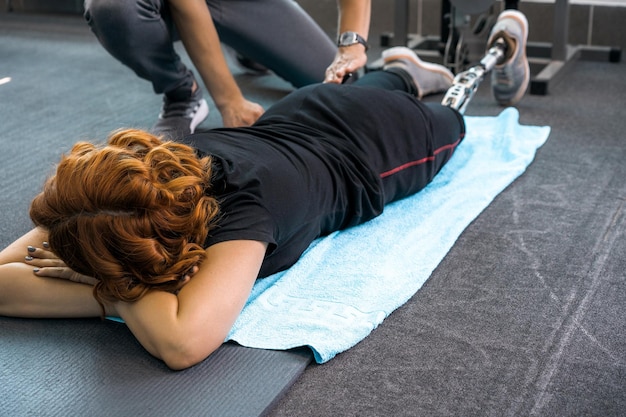Flexibility is more than just touching your toes—it’s a vital component of overall physical health, injury prevention, and functional movement. Yet, many people struggle to improve their range of motion despite consistent stretching. Why? Because common mistakes silently sabotage progress.
In this guide, we’ll uncover 28 hidden flexibility pitfalls, provide actionable steps to overcome them, and include progress checks to ensure you’re moving forward. We’ll also explore the role of supplements in supporting connective tissue health and mobility.
Stretching cold muscles increases injury risk and reduces effectiveness. Always warm up with 5–10 minutes of light cardio before stretching.

Static stretches should be held for at least 30 seconds to allow muscles to relax and lengthen. For tight areas, aim for 60 seconds.
Ballistic stretching can cause micro-tears. Stick to controlled, static holds instead.
Flexibility gains require daily effort. Aim for at least 10–15 minutes of stretching every day.
Shallow breathing tenses muscles. Practice deep diaphragmatic breathing during stretches to enhance relaxation.
Neglecting smaller muscles like hip flexors or rotator cuffs creates imbalances. Include full-body routines.
Misalignment reduces stretch effectiveness. Keep your spine neutral and joints stacked.
Flexibility is a long-term journey. Track progress monthly with range-of-motion tests.
Use simple markers: Can you touch your toes now? How close are your hands in a shoulder stretch? Record weekly.

Dehydrated muscles are stiff. Drink at least 2–3 liters of water daily to support tissue elasticity.
Even experienced stretchers make subtle errors. These 18 additional mistakes often go unnoticed:

While flexibility primarily depends on movement and consistency, certain supplements may support connective tissue health and recovery:
Always consult a healthcare provider before starting new supplements, especially if you have underlying conditions.
Use these simple tests every two weeks:
Document results in a journal or app to stay motivated.
Improving flexibility is achievable for everyone—but only if you avoid the common traps. By correcting these 28 mistakes, following a consistent routine, and supporting your body with proper hydration, nutrition, and optional supplements, you’ll see measurable gains in mobility, comfort, and overall well-being.
Start today. Stretch smart. Move freely.

Fitness

Fitness

Fitness

Fitness

Wellness

Wellness

Fitness

Fitness

Fitness

Fitness

Fitness

Health

Health

Fitness

Health

Health